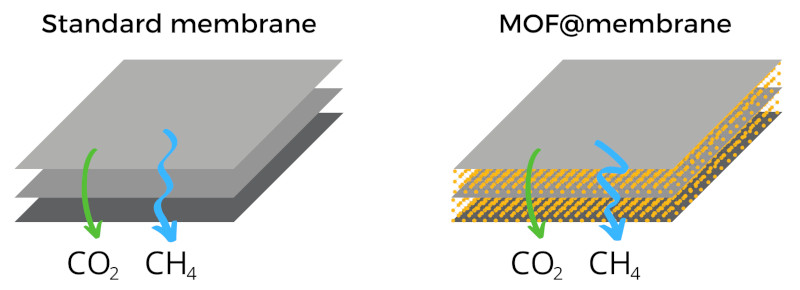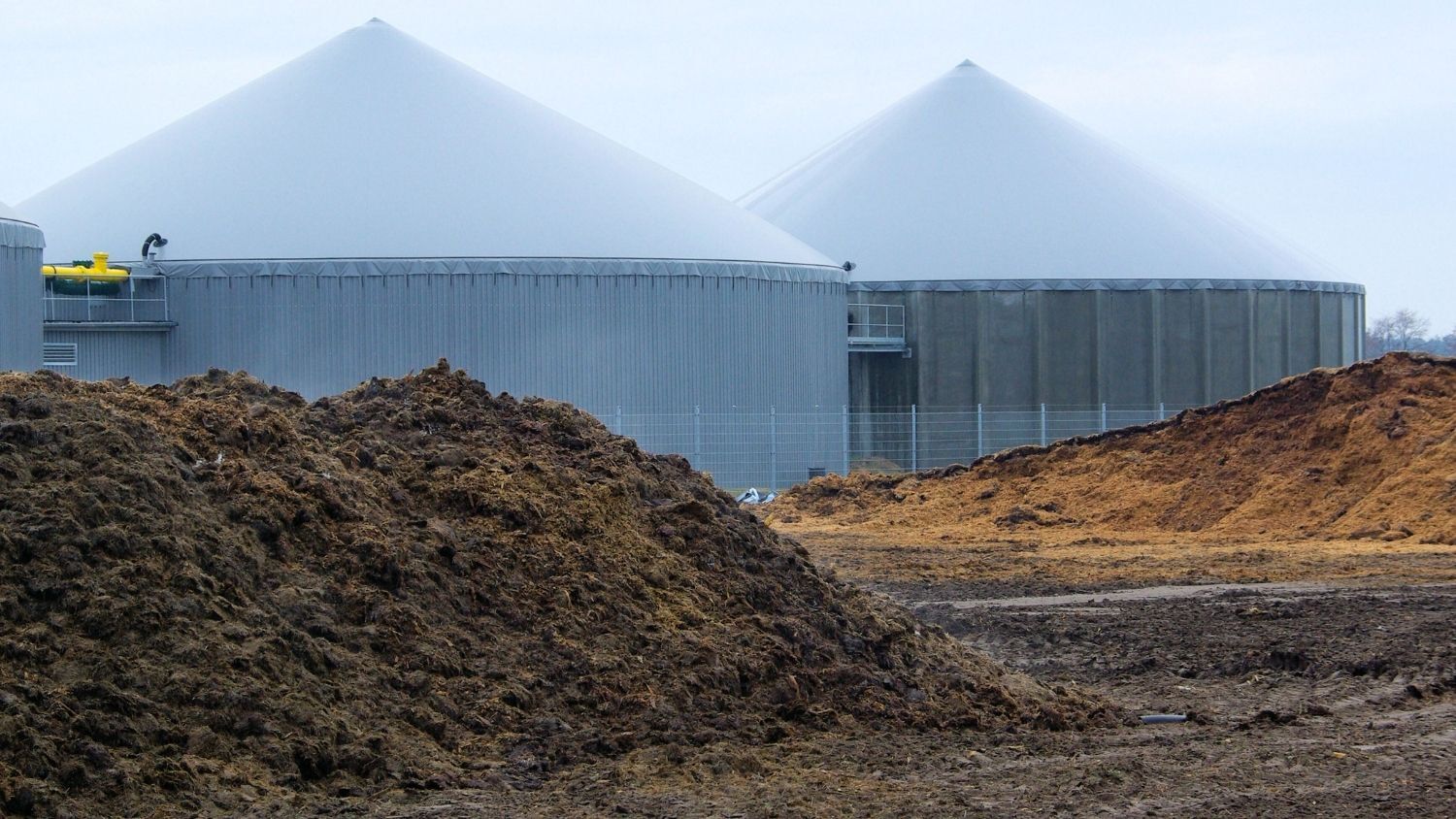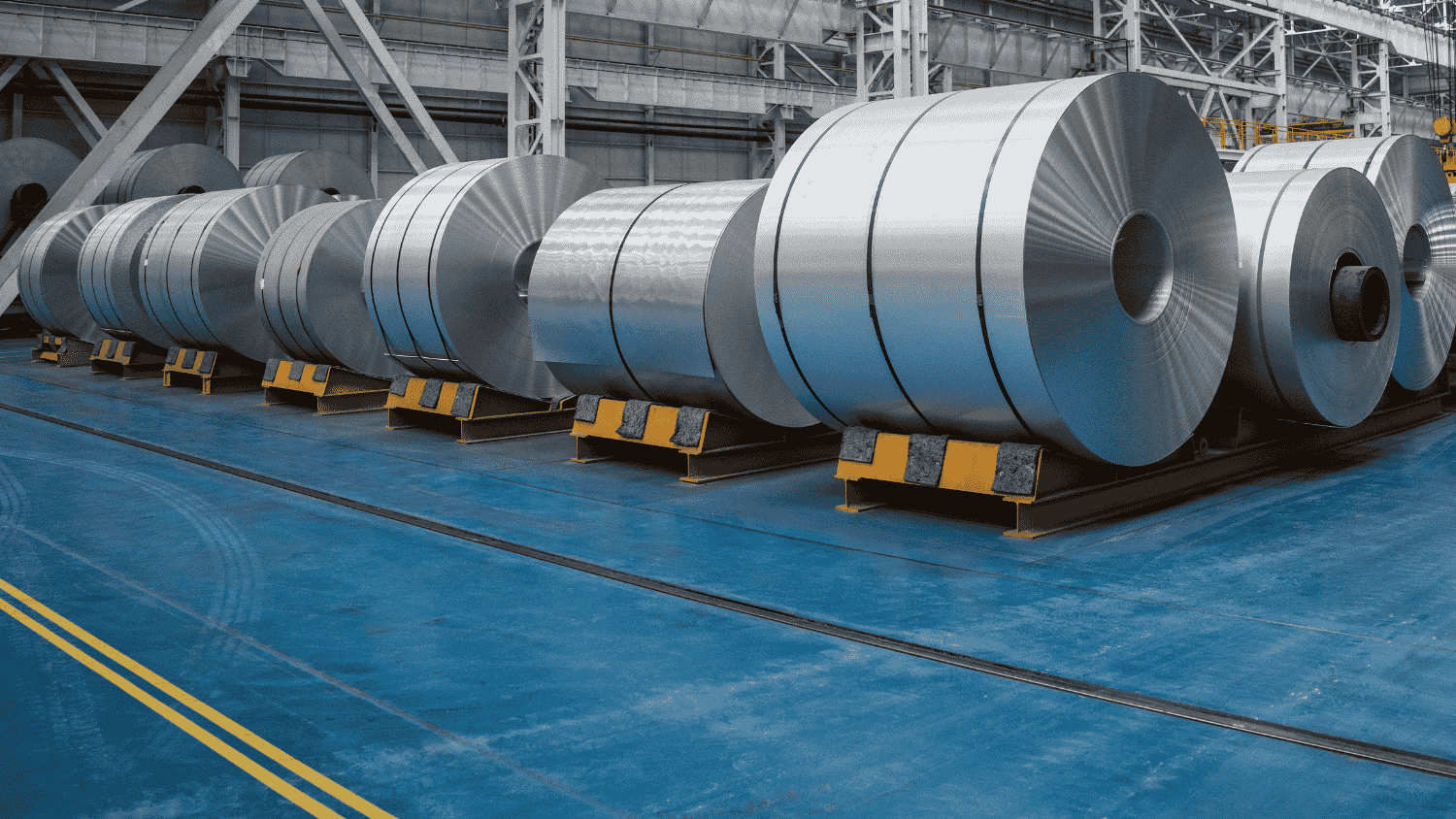Biogas has been introduced as a green fuel source, and the industry has grown significantly since the early 2000s. Several technologies are used to upgrade the raw biogas, but some challenges remain to ensure efficient production of high-quality biogas. Newly developed materials – metal-organic frameworks – offer superior performance compared to commonly used technology.
While biogas has been naturally occurring from the decay of organic matter in anaerobic condition, the industrial capture and use of methane has seen a great increase in the last years. One of the reasons is the widespread use of biogas in cooking and heating applications. Moreover, experts consider it to be a more sustainable alternative to natural gas.
The anaerobic digestion of organic matter such as food, farm and sewage wastes, crop residues, grasses, seaweeds, and algae will produce a mixture of methane and CO2, besides smaller amounts of other gases.
For further commercial use of the biomethane, it needs to be purified to specifications for pipeline injection, fuel, or domestic use. Depending on the use and local regulations, different levels of purification need to be achieved. Nonetheless, hydrogen sulphide, ammonia and siloxanes need to be removed due to their corrosive nature and/or harmful products forming in combustion of these contaminants.
| Molecule | Amount in raw biogas |
| Methane (CH4) | 50-85% |
| Carbon dioxide (CO2) | 20-35% |
| Nitrogen (N2) | 0-10% |
| Hydrogen (H2) | 0-2% |
| Hydrogen sulphide (H2S) | <1% |
| Oxygen (O2) | 0-1% |
| Carbon monoxide (CO) | 0-1% |
| Ammonia (NH3) | Trace amounts |
| Siloxanes | Trace amounts |
| Water (H2O) | Saturated, depending on temperature |
The most recent standard for natural gas and biomethane for use in transport and biomethane for injection in the natural gas grid offers a guideline for gas composition to harmonise European biogas. To achieve the required gas composition, different technologies are applied. The efficacy of these systems could be improved, especially for smaller, decentralised biogas plants. The most promising alternative are metal-organic frameworks, highly porous crystalline materials that outperform activated carbon, zeolites and silica in many separation applications. We will get into more details below.
Current biogas upgrading technologies and challenges
Modern biogas plants use different approaches to achieve the quality required for their desired use. Multiple steps are required to selectively remove impurities and separate them for further commercial use or clean disposal.
Usually, water vapour and H2S are removed from the system early to reduce corrosion of the equipment. We'll focus on CO2 and N2 for this article, but MOFs can be tuned to a variety of molecules, eg. for the use as desiccants.
CO2 and N2 removal from raw biogas
For the removal of CO2, the most abundant impurity, four distinct solutions are available, absorption, adsorption, membrane separation and cryogenic separation. Similarly, Nitrogen is usually removed in pressure swing adsorption.
Thanks to recent innovation in materials, we see great opportunities for process improvements in adsorption and membrane separations.
Higher selectivity and uptake at lower pressure in PSA
Activated Carbon and zeolites are commonly used adsorbents used in PSA processes, including biogas upgrading. While zeolites are natural materials, activated carbon is produced by pyrolyzing or oxidising raw materials such as bamboo, coconut husk, wood, and coal amongst others.
However, their abundancy and low cost comes at the price of unselective adsorption, and high energy requirements for regeneration. Furthermore, given the low levels of control over the porosity of the adsorbents, CH4 purity and recovery can vary. Additional adsorption steps or supplement of pure Methane can achieve required purity levels for pipeline injection. Compared to these common adsorbents, MOFs show significantly higher performance.
MOF reached a CO2 uptake twice as high as activated carbon
 In recent studies, a series of MOFs have been tested for the separation of CO2 from methane, under low as well as elevated pressure. The most performing MOF reached a CO2 uptake twice as high as activated carbon. This MOF regained 87% of its uptake capacity compared to 71% for NaX, a prominent zeolite for CO2 separations. In long-term application, this will greatly improve performance in each pressure swing step.
In recent studies, a series of MOFs have been tested for the separation of CO2 from methane, under low as well as elevated pressure. The most performing MOF reached a CO2 uptake twice as high as activated carbon. This MOF regained 87% of its uptake capacity compared to 71% for NaX, a prominent zeolite for CO2 separations. In long-term application, this will greatly improve performance in each pressure swing step.
While zeolites and activated carbon show competitive adsorption of water and thus require dry conditions, MOFs can be tailored to work in humid conditions without significant loss of adsorption of the target molecule. Furthermore, the low affinity to water increases the long-term stability of the materials.
Read more on carbon capture in our case study:
Finally, MOFs have also proven to require less pressure than other adsorbents, to selectively adsorb target molecules. Nonetheless, at higher pressures, selectivity and uptake is increased. Therefore, optimising the PSA cycle to these materials can greatly improve purity as well as reduce energy consumption.
You might also be interested in the further conversion of the captured CO2: Converting CO2 into fuel
Higher selectivity and flow rates in innovative membranes
Relying on the permeability of membranes, gases can be separated based on the permeation rates – the time it takes for the individual molecules to pass through the membrane – or even blocking certain molecules from passing through.
Using membranes is usually a trade-off between high permeability/low purity or low permeability/high purity. This could change with application of MOFs, that are tuned to the gas mixture.
MOF upgraded membranes showed 8x higher CO2/CH4 selectivity using MOFs
The potential of MOFs in enhancing the performance of membranes comes from the control over particle and internal pore sizes. Tailoring the pore sizes to the target molecules can greatly reduce the permeation of undesired molecules at similar flow rates. The positive effect has been proven in several studies, as Matrimid® membranes shown up to 8 times higher CO2/CH4 selectivity after the introduction of MOFs into the composite, at a slight reduction of permeability. Using another candidate showed more promising permeability of 3.26 Barrer at a high CO2/CH4 selectivity of 40.4.

Given the energy-intensive operation of common membranes, a higher selectivity and higher permeability are desirable to reduce operating cost. The tuneable structures of MOFs offer routes to achieve these goals, while being stable for long-term application.
The growing biogas sector can greatly benefit from new materials that replace or improve existing technologies and thus reach higher efficiencies. While biogas is already seen as a green alternative to fossil fuels, further reducing the energy consumption will add to the carbon footprint of the industry and build a sustainable future.




